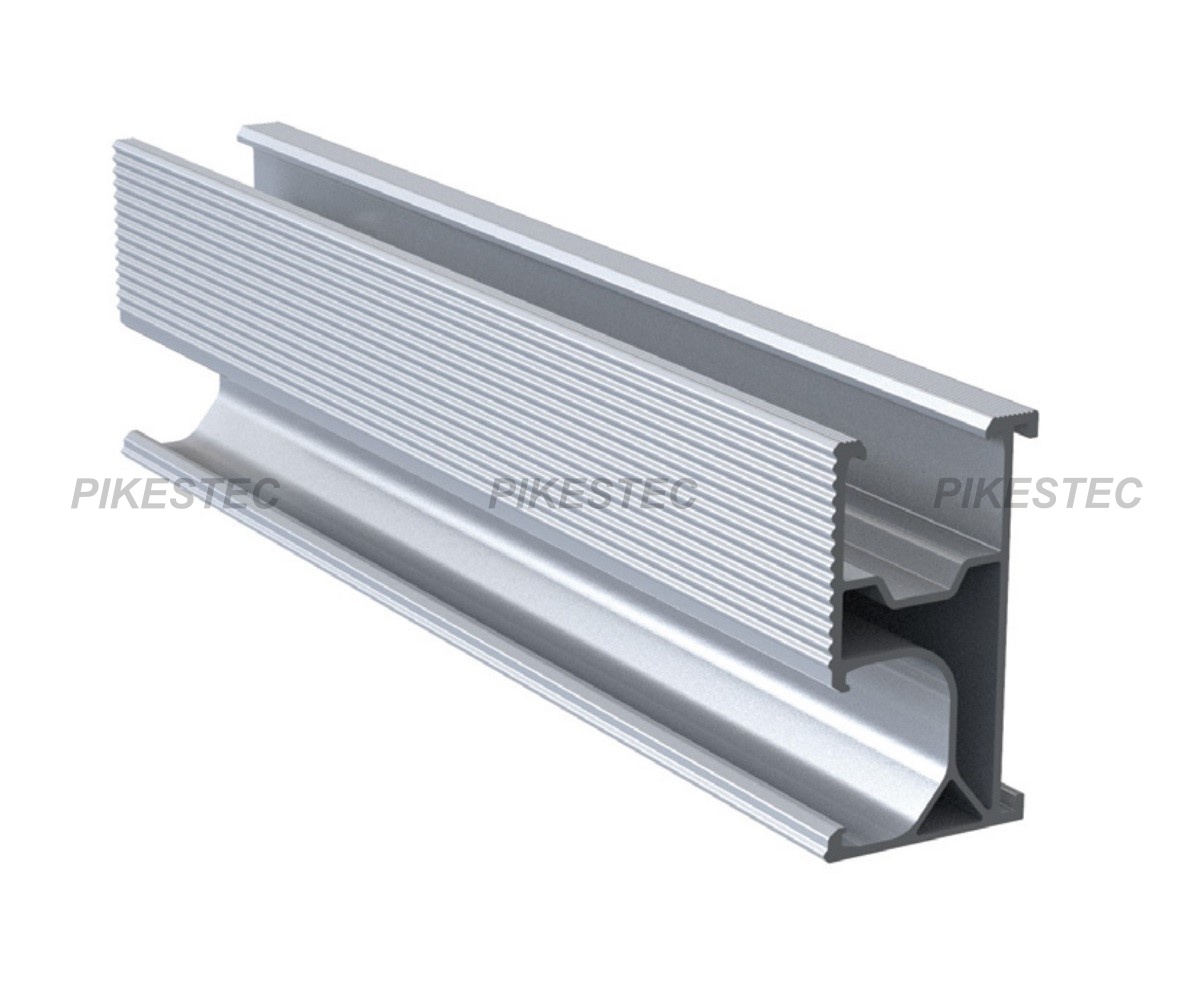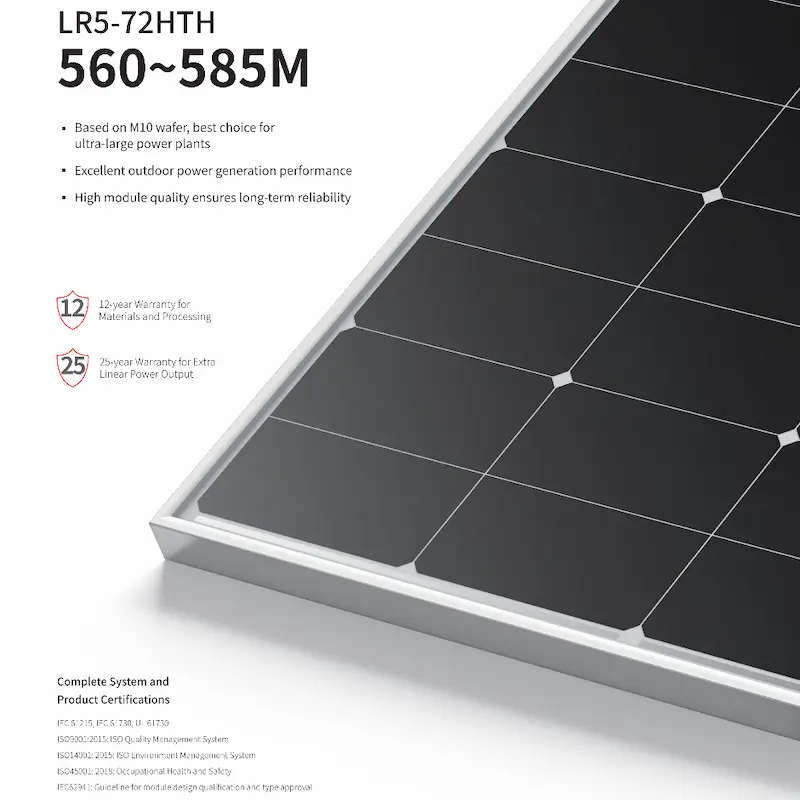Microinverters: What you need to know
Unleashing the full power of your solar panels requires more than just sunlight. Inverters are essential components of every solar panel system. To understand their importance, think of it this way: Solar panels capture energy from sunlight, but it is the inverters that harness this energy to create electricity that is compatible with your home.
More specifically, inverters play a critical role by converting the direct current (DC) electricity generated by your solar panels into alternating current (AC) electricity, which is the type of electricity used by your home appliances and the electrical grid. These unsung heroes of solar panel systems come in various shapes and sizes, each designed to enhance the overall efficiency and performance of your system.
Traditional string inverters are the most common type and work by connecting multiple solar panels to a single inverter. This setup is cost-effective and has been the standard for many years. However, it has a significant drawback: if one panel in the string is shaded or underperforms, it can negatively affect the entire system’s output. This is because all the panels in the string are connected in series, and the performance of the weakest panel can limit the output of the entire string.
In contrast, microinverters operate at the individual panel level. Each solar panel is equipped with its own microinverter, which converts the DC electricity to AC electricity right at the source. This decentralized approach offers several advantages. First, it optimizes the conversion process for each panel, ensuring that even if one panel is shaded or underperforms, the others can still operate at their maximum efficiency. This results in a more reliable and efficient system overall.
Microinverters also provide enhanced monitoring capabilities. Because each panel has its own inverter, you can track the performance of each panel individually, making it easier to identify and address any issues promptly. This level of granular monitoring can help you maximize the energy output of your solar panel system and ensure that it continues to perform optimally over time.
Additionally, microinverters can improve the safety of your solar panel system. By converting DC to AC at the panel level, they eliminate the need for high-voltage DC wiring, which can be dangerous. This makes the system safer for both installers and homeowners.
What are microinverters and how do they work?
Microinverters play a crucial role in converting the electricity generated by your solar panels into usable electricity. Unlike centralized string inverters, which are typically responsible for managing the entire solar panel system, microinverters are installed at the individual solar panel site. Most solar panel systems that utilize microinverters feature one microinverter for each panel, although it is not uncommon for a single microinverter to connect to a small group of panels.
Microinverters are classified as module-level power electronics (MLPE), which means they operate at the panel site independently of the other inverters in the system. This individual operation is particularly advantageous for complex installations or those with shading issues. Traditional string inverter technology, being centralized, operates at the level of the lowest-performing panel in the array. If one panel is shaded or underperforming, it can significantly reduce the overall efficiency of the entire system.
In contrast, microinverters allow each solar panel to function independently. Even if one panel is not producing as much electricity as the others due to shading or other factors, the remaining panels will continue to perform efficiently. This ensures that the system as a whole maintains high performance and energy output, maximizing the return on your solar investment.
The independent nature of microinverters also provides several additional benefits. For instance, they offer enhanced monitoring capabilities, allowing you to track the performance of each panel individually. This granular monitoring makes it easier to identify and address any issues promptly, ensuring that your system operates at its best. Furthermore, microinverters can improve the safety of your solar panel system by converting DC to AC electricity at the panel level, eliminating the need for high-voltage DC wiring, which can be hazardous.
In summary, microinverters represent a significant advancement in solar technology. Their ability to operate independently at each panel site, coupled with enhanced monitoring and safety features, makes them an excellent choice for a wide range of solar installations, especially those with complex configurations or shading concerns. By ensuring that each panel performs at its optimal level, microinverters help maximize the efficiency and reliability of your solar energy system.

When you should choose microinverters
Many homeowners opt for microinverters, which are by far the most popular choice on Energy Sage. This preference is largely due to their superior performance and the fact that many installers favor them, leading to their inclusion in quotes more frequently.
Microinverters are particularly beneficial for homes with complex roof designs. If your roof has multiple planes facing different directions, microinverters can significantly enhance the performance of your solar panel system. They are also ideal for roofs that experience shading throughout the day or have varying angles. For example, if you have some panels facing east and others facing south, microinverters can optimize the performance of each panel by isolating and addressing any production issues individually. This ensures that even if one panel is underperforming due to shading or orientation, the others can still operate at their maximum efficiency.
However, if your home has a single, south-facing roof plane without any shading, it might be worth discussing other options with your installer. In such a scenario, the benefits of microinverters may not justify the additional cost. Traditional string inverters can be a more cost-effective solution, as they are generally less expensive and still provide efficient performance when all panels are uniformly exposed to sunlight.
In summary, microinverters are an excellent choice for homes with complex roof designs or shading issues, as they ensure that each panel operates at its optimal level. However, for simpler installations with a single, unshaded, south-facing roof plane, it’s advisable to explore other options to determine the most cost-effective and efficient solution for your specific needs.

Conclusion
Whether you’re looking for a solar system or Microinverters, you’ll want to compare quotes from installers. Our website help you to find a system that meets your needs at the right price. Please contact us.




